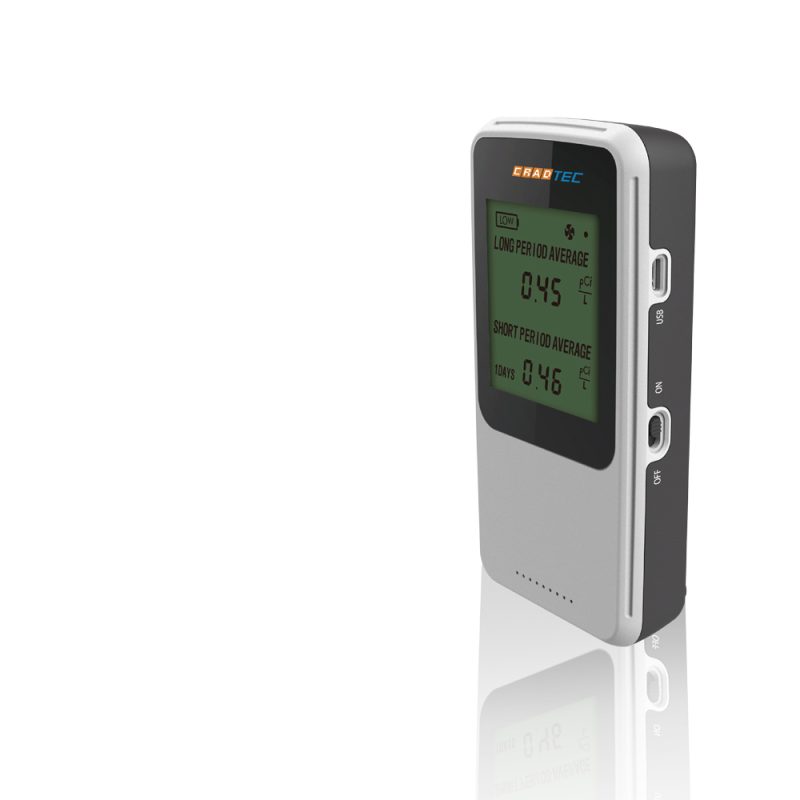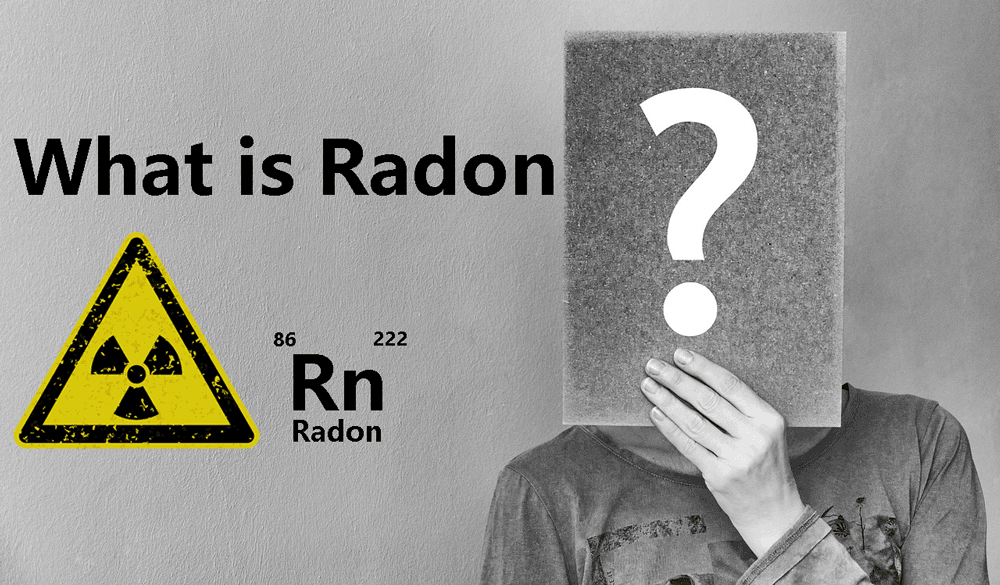About Radon, Knowledge
What’s Radon
What’s Radon
Radon is a naturally occurring radioactive gas that forms when uranium, thorium, or radium, which are radioactive metals found in rocks and soil, break down. Unlike many other environmental hazards, radon is both invisible and insidious, lacking color, odor, and taste, making it undetectable without specialized equipment such as the Cradtec Radon Detector. This advanced device is engineered to precisely monitor radon levels, alerting homeowners to the presence of this hazardous gas. It typically moves up through the ground and enters buildings through cracks and openings in foundations, becoming trapped inside where it can build up to dangerous levels.
The U.S. Environmental Protection Agency (EPA) estimates that radon causes about 21,000 lung cancer deaths in the United States each year. Radon is the second leading cause of lung cancer deaths after cigarette smoke.
The health implications of radon exposure are significant and well-documented. As the second leading cause of lung cancer after cigarette smoking, radon poses a serious risk, particularly in areas with high concentrations. The risk of lung cancer from radon exposure depends on the level of radon, the duration of exposure, and whether the individual smokes or has ever smoked. Even non-smokers can be at risk if exposed to high levels of radon over extended periods.
Radon’s ability to infiltrate homes and buildings unnoticed makes it a silent threat that can only be identified through testing. The Cradtec Radon Detector offers both short-term and long-term testing capabilities, providing a comprehensive view of radon levels in the environment. This allows for informed decision-making when it comes to mitigating radon exposure. Various methods are available for testing radon levels, but the ease of use and accuracy of devices like the Cradtec Radon Detector make it a valuable tool for homeowners and professionals alike.
Mitigating high radon levels involves specific techniques to reduce indoor radon concentrations, such as improving ventilation, sealing foundation cracks and openings, and in more severe cases, installing radon mitigation systems that actively vent radon from beneath the building to the outside. The Cradtec Radon Detector plays a crucial role in the initial detection and ongoing monitoring of radon levels, aiding in the effective management and reduction of radon in indoor environments.
Understanding radon, its sources, health effects, and how to control its levels in indoor environments is crucial for public health. Awareness and proactive testing, facilitated by reliable technologies like the Cradtec Radon Detector, can significantly reduce the health risks associated with this naturally occurring but dangerous gas.



